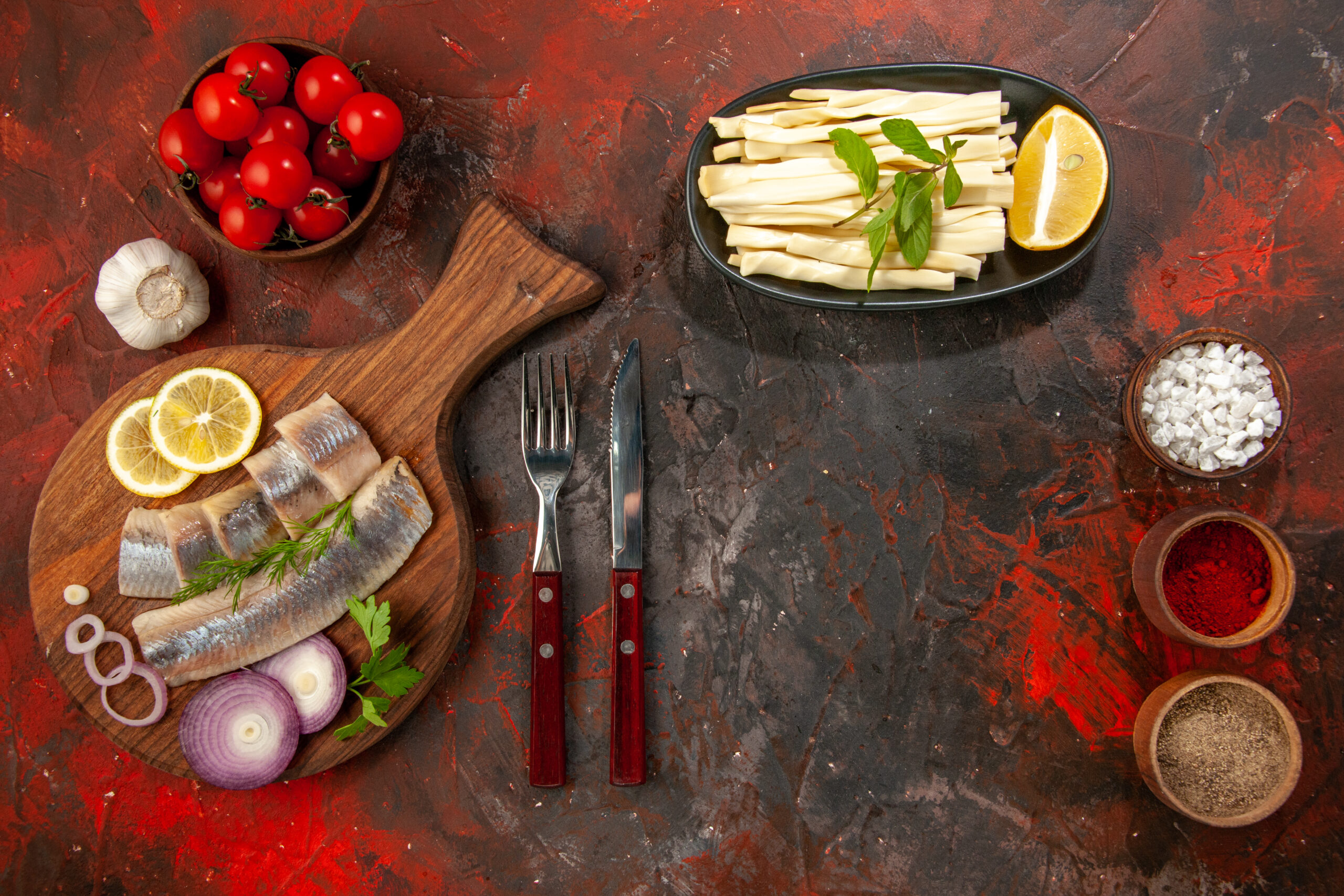As a passionate aquarium owner, you want the very best for your aquatic companions. You’ve spent countless hours setting up their tank, selecting the right plants, and ensuring that their environment is perfect. But when it comes to feeding your fish, you might wonder: what are the best food options that can support their health and well-being? While there are plenty of commercial fish foods available, homemade fish food offers a more natural, nutritious, and cost-effective alternative that will leave your fish thriving.
In this comprehensive guide, we’ll explore the benefits of making your own fish food, share easy-to-follow recipes, and show you how you can create meals that support your fish’s growth, vibrant colors, and overall health.
Why Choose Homemade Fish Food?
Making your own fish food might seem like a lot of work, but the benefits far outweigh the effort. When you create your own fish food, you’re in control of the ingredients, ensuring that your fish are eating only the freshest and healthiest options. Here are some reasons why homemade fish food is a great choice:
The Benefits of Homemade Fish Food
- Healthier Ingredients: Commercial fish food can contain fillers, preservatives, and artificial colorants. By preparing homemade food, you ensure that your fish are eating wholesome, nutrient-dense meals with no additives.
- Customization for Different Species: Not all fish have the same dietary requirements. With homemade fish food, you can tailor the ingredients to meet the specific needs of your fish, whether they are carnivorous, herbivorous, or omnivorous.
- Cost-Effective: Though it may seem like buying fish food in bulk is cheaper, homemade fish food can save you money in the long run. You can buy ingredients in bulk, use leftovers from your own meals, and make a large batch to freeze for later use.
- Better Color and Health: Fresh, nutrient-rich meals promote the natural colors and vitality of your fish. Many store-bought fish foods rely on artificial color enhancers, whereas homemade meals support long-term health and vibrancy.
- Fewer Worries About Overfeeding or Underfeeding: Commercial fish food packages often provide vague feeding guidelines. With homemade food, you have better control over the portion size, reducing the risk of overfeeding or underfeeding your fish.
Potential Drawbacks
While homemade fish food offers a host of benefits, it’s important to be aware of potential drawbacks:
- Time-Consuming: Preparing homemade fish food does take time and effort. However, once you get into the routine, it becomes easier, and you’ll find that it’s a rewarding hobby.
- Shorter Shelf Life: Unlike store-bought food, homemade fish food doesn’t contain preservatives. It needs to be consumed within a few days if refrigerated or frozen for longer storage.
- Requires Variety: Your fish need a balanced diet to stay healthy. You must rotate ingredients regularly to ensure they are getting all the necessary nutrients.

Key Ingredients for Nutritious Homemade Fish Food
When it comes to preparing homemade fish food, the ingredients you choose are crucial to your fish’s health. Depending on the type of fish you own, the ingredients you use will vary, but here are some essential ingredients that provide the right balance of nutrients:
Proteins for Fish Health
Proteins are a critical part of any fish’s diet. Fish, shrimp, and other seafood are excellent sources of protein, especially for carnivorous and omnivorous fish.
- Fish Fillets: Fresh fish fillets, such as salmon, tilapia, or whitefish, are a great protein source for carnivorous fish.
- Shrimp: A rich source of protein, shrimp is perfect for meat-eating fish.
- Krill and Squid: These seafood options are full of protein and minerals, making them an excellent addition to fish food.
- Eggs: A great source of protein and essential fatty acids, eggs can help promote growth in young fish.
Vegetables and Plant Matter
For herbivorous fish, vegetables and plant matter are vital to their diet. Even omnivorous fish benefit from plant-based ingredients, which are rich in fiber, vitamins, and minerals.
- Spinach and Lettuce: These leafy greens are packed with vitamins A and C, making them excellent for enhancing the overall health of your fish.
- Carrots: Rich in beta-carotene, carrots help promote the color and health of fish.
- Zucchini and Cucumber: These vegetables are high in fiber and low in calories, making them ideal for fresh food mixtures.
- Spirulina: This algae is an excellent superfood for fish, boosting their immune systems and providing a natural color enhancement.
Additional Nutrients
To further enhance the nutritional profile of your homemade fish food, consider adding the following ingredients:
- Fish Oil: Rich in Omega-3 fatty acids, fish oil helps improve skin texture and overall health.
- Garlic: A natural immune booster, garlic is particularly beneficial for preventing diseases.
- Flaxseed: This plant-based source of Omega-3 is perfect for supporting heart health and promoting shiny, healthy scales.
- Fish Food Vitamins: Special fish food vitamins can be added to ensure that all of your fish’s nutritional needs are met, particularly if you’re preparing food for a variety of fish.<
Pages: 1 2

